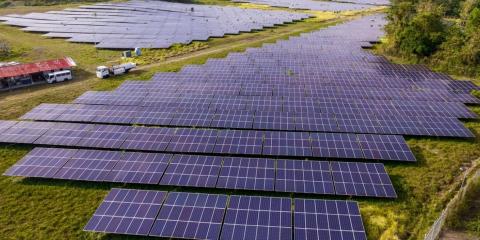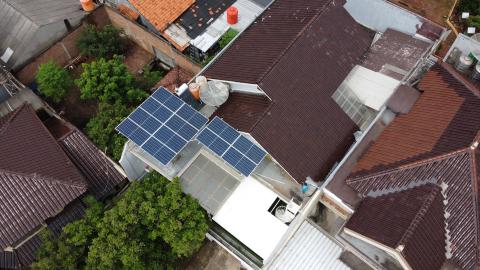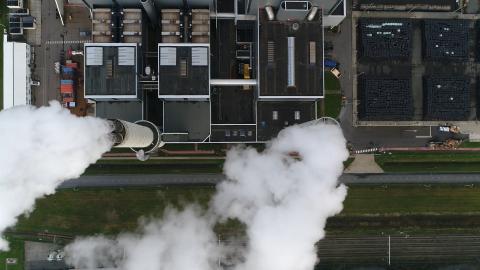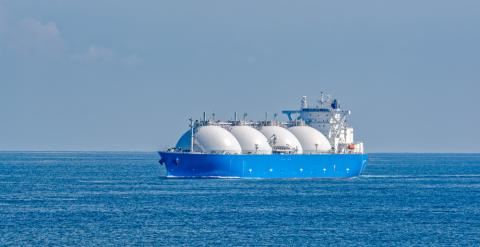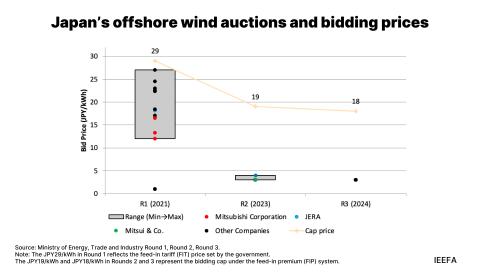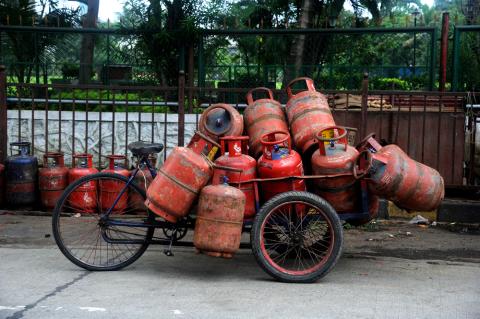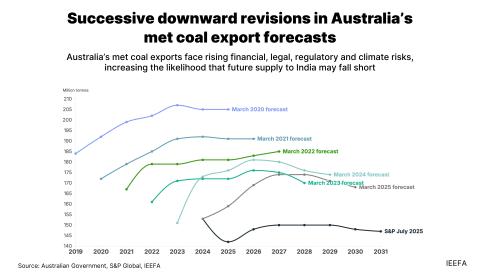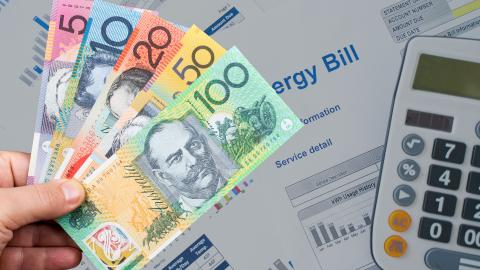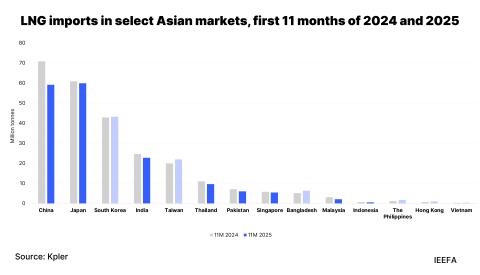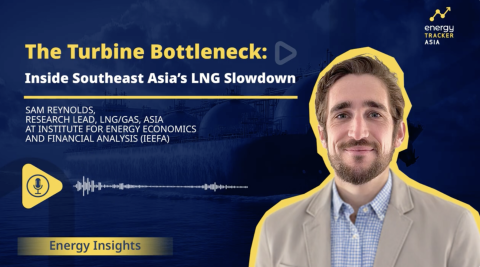Can hydrogen propel the decarbonisation of India’s transport sector?
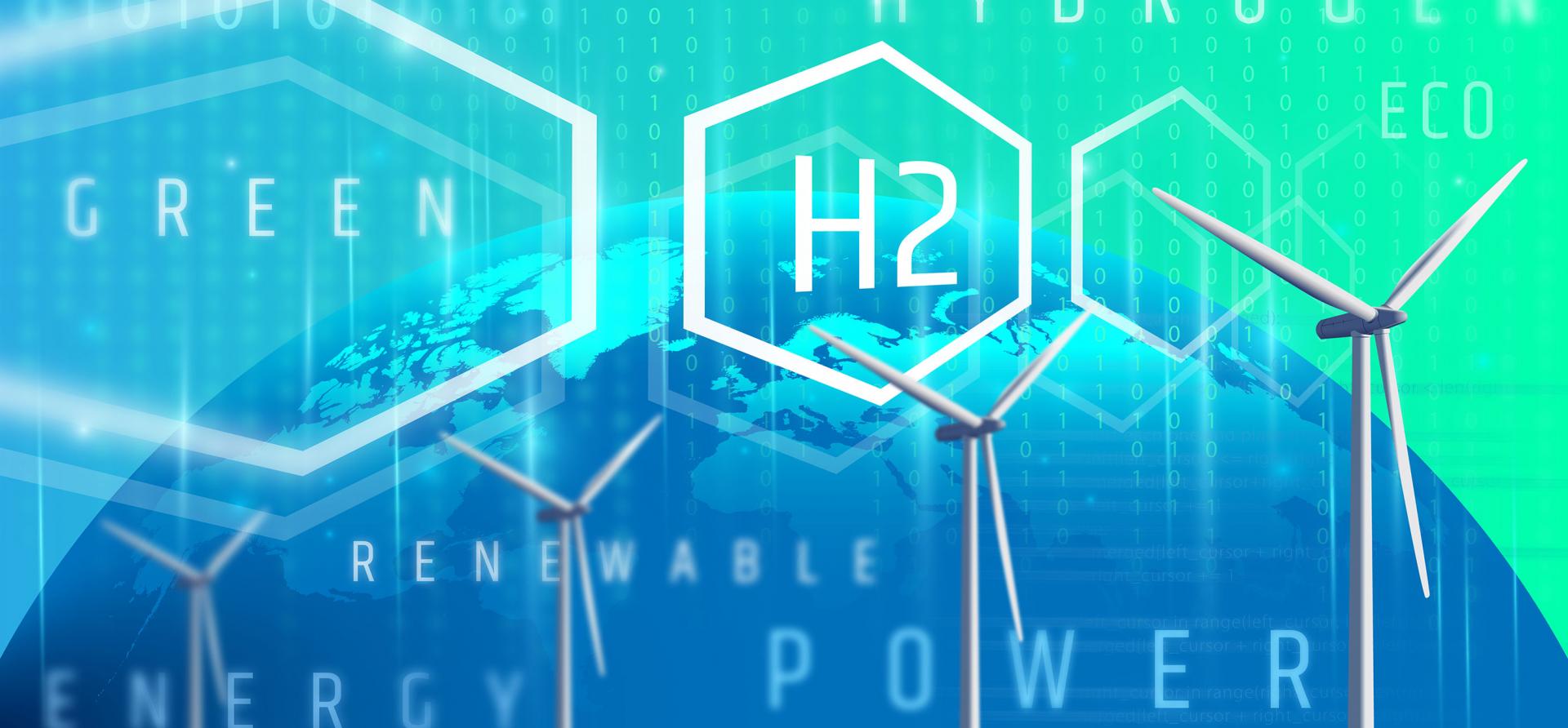
Key Findings
India is considering hydrogen for a variety of applications – for decarbonising the hard-to-abate heavy manufacturing, fertilisers and energy-intensive steel and cement industries. It is also exploring the use of hydrogen for transportation.
Toyota, BMW, Hyundai and Honda are already either mass producing hydrogen-powered cars or testing new concept cars or larger vehicles like buses and heavy-duty trucks.
However, the journey of fuel cell electric vehicles has been challenging owing to factors like technology nascency, lack of adequate supporting infrastructure and rapid development of battery electric vehicles.
India should aim for the overall development of the green hydrogen ecosystem with the possibility of multiple applications in the long term.
The last week of September 2023 witnessed the launch of two hydrogen-powered fuel cell buses by the Indian Oil Corporation (IOC). The two are part of a fleet of 15 fuel cell buses, operational trials for which will take place before the year end, in Delhi, Haryana and Uttar Pradesh. Globally, hydrogen is being positioned as the fuel of the future, with potential to help economies decarbonise. India is considering hydrogen for a variety of applications – for decarbonising the hard-to-abate heavy manufacturing, fertilisers and energy-intensive steel and cement industries.
India has also embarked on an ambitious plan to decarbonise the transportation sector with initiatives like the electrification of vehicles, the introduction of flexible-fuel vehicles, biofuel blending in conventional engines and the testing of hydrogen-powered fuel cell electric vehicles (FCEVs). Among these, battery electric vehicles (BEVs) appear to have taken the lead, registering 5.6% sales penetration in overall automobile sales in FY2022-23.
Regardless, hydrogen-powered vehicles are being pursued globally as concerns over the security of critical mineral supplies needed for battery manufacturing, long charge times and range anxiety of electric vehicles cloud the uptake of BEVs. Internationally, auto companies such as Toyota, BMW, Hyundai and Honda are already either mass producing hydrogen-powered cars or testing new concept cars or larger vehicles like buses and heavy-duty trucks. Domestic companies such as Reliance Industries and Ashok Leyland are working on heavy-duty FCEVs in partnership with Mercedes Benz and Toyota respectively.
Still a long way to go for hydrogen-powered vehicles
However, a recent study from Italy found the real-world costs of running battery electric buses to be 2.3 times cheaper per kilometre on average than hydrogen-powered fuel cell buses. Another study from France shows that operating hydrogen fuel cell buses is six times pricier than battery electric buses. In July 2023, German state-owned transport company LNVG decided to shun hydrogen fuel cell trains for battery electric trains on cost concerns after testing 14 hydrogen fuel cell trains in the Lower Saxony region for over a year.
Reasons for the higher cost of FCEVs include the need for building additional support infrastructure and lower efficiency of the hydrogen supply chain. While BEVs can rely on existing electricity infrastructure, delivering hydrogen requires new production capacities (electrolysers), specialised storage and transportation infrastructure. Further, studies show that BEVs are 2x more energy efficient than FCEVs as the conversion of electricity into hydrogen, compression and transportation, and conversion back to electricity via fuel cells leads to 62% energy loss.
The journey of FCEVs in India too has been challenging owing to factors like technology nascency, lack of adequate supporting infrastructure and rapid development of BEVs. For instance, hydrogen has to be compressed at high pressures for use in FCEVs. The current storage pressure in cylinders that India could achieve is up to 350 bar while some international automobile models run up to 700 bar. Higher pressures allow for packing more hydrogen and hence, higher mileage.
Secondly, the lack of infrastructure such as refilling stations, storage facilities and transportation systems means that even mass-produced vehicles like Toyota’s Mirai and Hyundai’s Nexo cannot be sold in India. Further, the rapid overall development of BEVs, including higher range, faster charging times and increasing public charging stations means that FCEVs have a steep hill to climb in terms of technological advancements and economics.
The way forward
India is embracing hydrogen for application in industry, agriculture and outright exports. Using green hydrogen for decarbonising hard-to-abate industries holds higher promise than the application of hydrogen in the transportation industry in the near to medium term. India should aim for the overall development of the green hydrogen ecosystem with the possibility of multiple applications in the long term.
Hydrogen may make sense for specific transport applications, such as forklifts, long-haul freight and heavy transport, including shipping. India could continue research and development for specific applications and remain technology-neutral for decarbonising heavy-duty freight transport.
Finally, India should develop a robust policy and regulatory framework for the production, storage and transportation of hydrogen, including pipelines, storage tanks/cylinders and end-use applications. This includes developing a concrete definition of green hydrogen, and standards, verification and certification methods that are internationally acceptable.
This article was first published on economictimes.com.


